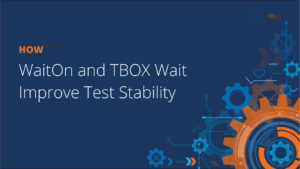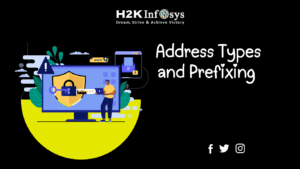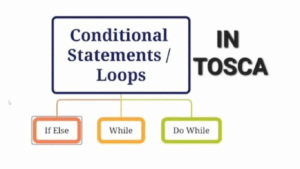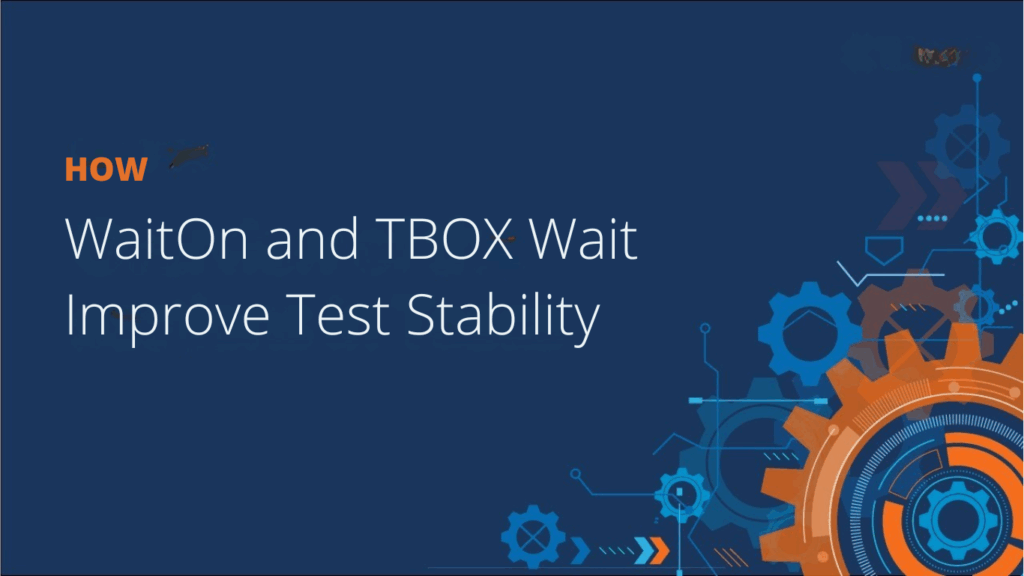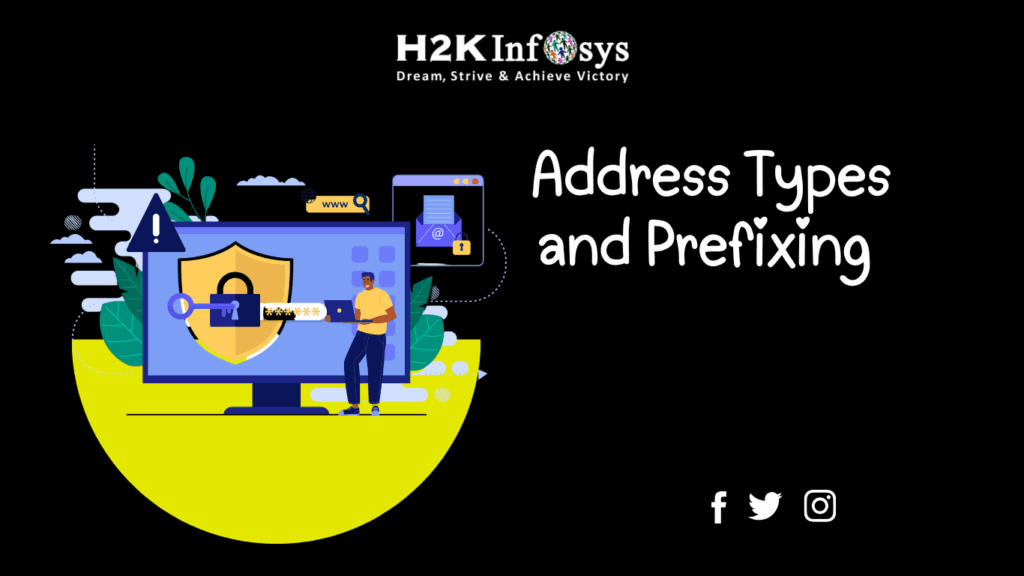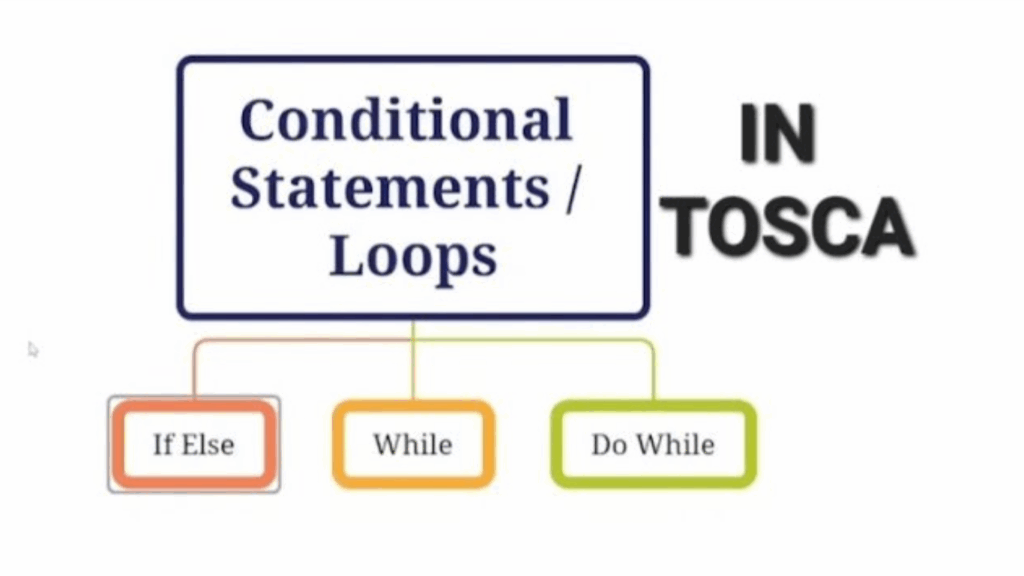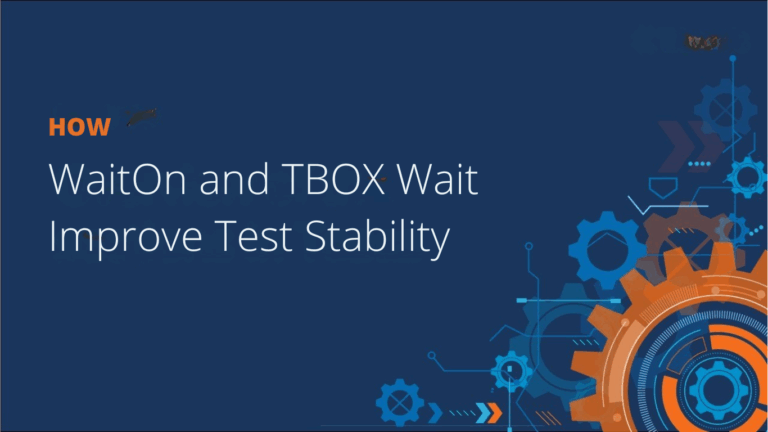In order to connect your organisation with other platforms, streamline workflows, and allow for data-driven decision-making, Salesforce integration is essential. It’s crucial to adhere to best practices that advance effectiveness, security, and maintainability to ensure successful integration.
Key recommendations are provided in this article to assist you with integrating Salesforce seamlessly. You can check out the Salesforce training courses online to learn more.
Best Practices for Salesforce Integration
1.Define Clear Goals
We must clearly identify our goals before starting any integration projects. Outline the objectives you wish to achieve and list the individual systems or applications you need to link with Salesforce. Your choice of the appropriate integration tools, technologies, and processes will be influenced by your understanding of your integration requirements.
2.Select the Appropriate Integration Method
Point-to-point connectors, middleware-based integrations, and API-driven integrations are just a few of the integration possibilities offered by Salesforce. Consider the advantages and disadvantages of each strategy in light of elements like complexity, scalability, real-time demands, and cost. To streamline and accelerate the integration process, think about adopting platforms and integration solutions like MuleSoft or Boomi.
3.Implement Robust Data Governance
Through efficient data governance, keep data consistency and integrity across integrated systems. Establish criteria for the quality of the data, specify ownership, and make sure Salesforce and other systems are communicating the same data. To preserve a single source of truth, implement data validation rules, deduplication techniques, and data transformation procedures.
4.Making use of Salesforce APIs
REST, SOAP, and bulk APIs are just a few of the extensive variety of APIs that Salesforce offers for easy connection with external systems. Depending on your needs for integration, select the right API. To assure compatibility and prevent unanticipated outages brought on by Salesforce updates, use API versioning. Adhere to recommended API security procedures, such as encrypting sensitive data and using OAuth 2.0 for authentication.
5.Implement Error Handling and Monitoring
Create a reliable error-handling system to deal with exceptions and mistakes that occur throughout integration operations. Utilise effective logging and monitoring methods to keep track of integration operations and quickly spot problems. Establish the proper notifications or warnings for unsuccessful integrations to ensure prompt action and avoid inconsistent data.
6.Implement Scalable architecture.
Build scalability into your integration architecture. Make sure your integration solution can handle the workload as your organisation expands and data volumes rise. To distribute the processing load and improve performance, think about implementing scalable infrastructure like load balancers, caching techniques, and queuing systems.
7.Ensure compliance and security
During integration, have a laser-like focus on data protection and compliance. To protect sensitive data, use encryption techniques, secure transmission methods, and access controls. periodically evaluate and upgrade security measures to address emerging threats and vulnerabilities.
8.Perform Thorough Testing
Before deployment, thorough testing is essential for locating and resolving integration problems. A variety of situations, data translations, error scenarios, and exception handling should all be tested. Regression testing and automated test suites should be used to speed up testing for upcoming upgrades and improvements.
The Authorization and Namespace Credentials are then covered.
Authentication Provider
We can integrate external identity providers or authentication systems with our Salesforce org by using an authentication provider. Users can log into Salesforce using their credentials from the external system thanks to this feature. This function offers a simple and safe approach to manage users’ access to Salesforce and perform user authentication.
The following are the ideal procedures to follow when working on the Auth Provider:
- Put OAuth 2.0 into practice: OAuth 2.0 is the suggested protocol for creating an OAuth provider. It enables smooth connection with client applications and has strong security features.
- Use Secure Communication: Enforce HTTPS for all communications between the OAuth provider and client programs to safeguard sensitive information from unauthorised access.
- Enforce Strong Authentication: To prevent unwanted access, OAuth provider administrators and users should utilise multi-factor authentication (MFA) or other strong authentication techniques.
- Safeguard Private Information: Apply the proper encryption techniques during transmission and storage to protect sensitive user data.
- Consistent Security Audits: To find and fix vulnerabilities in the OAuth provider architecture, code, and configurations, conduct routine security audits.
- Throttle and Monitor API Requests: Implement rate restriction and monitoring controls to curb misuse and safeguard the OAuth provider’s APIs’ performance and availability.
- User Control: Give users the ability to revoke access to their data through the OAuth provider’s settings, while also ensuring that user approval for data access is transparent.
- Implement adequate error handling and informative error messages to give client apps and users helpful feedback in the event of failures or exceptions.
It is important to note that Setting up Namespace Credentials requires the provider.
Namespace Credentials
Namespace Credentials are similar to data holder records for keeping track of Auth Provider information and URLs for external systems.
For secure and effective integration, it’s crucial to adhere to recommended practices while creating a Named Credential in Salesforce. Here are some suggestions to bear in mind:
- Use Secure Authentication: For secure connection between Salesforce and external services, use the proper authentication techniques, such as OAuth or certificate-based authentication.
- Do not hardcode credentials: Never hardcode passwords, usernames, or any other private data in your code. Instead, use Named Credentials to manage and securely store this information.
- Implement Credential Rotation: To reduce the danger of access being compromised, regularly rotate the credentials associated with Named Credentials.
- Test in Sandbox: Before deploying to production, thoroughly test the integration using Named Credentials in a sandbox or developer org. To ensure intended behaviour, keep an eye on the callout logs and the error handling.
- Monitor Named Credential Usage: Use of the Monitor Named Credential Review and monitor Named Credential usage frequently to spot any unusual behaviour or potential risks.
- Use Custom Permissions: To manage access to Named Credentials and ensure proper access control, custom permissions can be added to profiles or permission sets.
- Details of the document integration: To assist with future maintenance and troubleshooting, keep documentation that describes the function, application, and configuration specifics of Named Credentials.
Another important component of the integration procedure to make a callout with another external system from Salesforce is the remote site settings in Salesforce. A URL to the external system to which we are sending the request is contained in the remote site settings; callout methods cannot see this URL without the remote site settings.
To ensure a secure and dependable connection with external websites or services, it’s crucial to adhere to best practices while setting up Remote Site Settings in Salesforce. Here are some suggestions to bear in mind:
Only create Remote Site Settings for reputable external websites or services that your organisation needs for integration or functionality to limit access.
- Use HTTPS: To ensure encrypted communication and secure sensitive data, enable Remote Site Settings to use HTTPS URLs whenever available.
- Avoid Wildcards: If possible, avoid utilising wildcard URLs in the Remote Site Settings. Instead, to provide more precise control over the permitted connections, specify the precise URLs or subdomains.
- Test Connectivity: To ensure successful communication, after adding the Remote Site Setting, thoroughly test the connectivity and operation of the external website or service.
- Review and Update Frequently: Review and update Remote Site Settings frequently to delete any obsolete or unneeded items, thereby lowering security concerns.
- Aim to Spot Changes: Keep an eye out for any changes to other websites or services that might affect how well Remote Site Settings work. To maintain seamless integration, make adjustments as necessary.
- Implement Error Handling: To record and handle any mistakes or exceptions that arise when interacting with distant sites, use strong error handling and logging systems.
Details of Document Configuration: To assist with future maintenance and troubleshooting, keep records that detail each Remote Site Setting’s purpose, URL, and any unique requirements.
9.Document Integration Processes
Make thorough documentation of all your integration activities, system architecture, data mappings, and error-handling techniques. This documentation serves as a guide for programmers, administrators, and upcoming integration projects, ensuring efficient knowledge transfer and upkeep.
10.Track performance and make improvements
Keep an eye on the performance of your integration solution at all times. Set up performance alerts, use performance monitoring tools, and routinely review integration data. To ensure optimal performance, locate resource bottlenecks and improve resource use.
Conclusion
These best practices can help you integrate Salesforce effectively and dependably. Establish clear integration goals, pick the best strategy, implement strong data governance, use Salesforce APIs, properly handle failures, maintain security and compliance, conduct comprehensive testing, record processes, and track success.
By adhering to these recommendations, you may simplify workflows, maximise the functionality of your Salesforce platform, and promote system integration that is seamless and effective for business success. Check out our free Salesforce training to learn more about Salesforce Integration.













